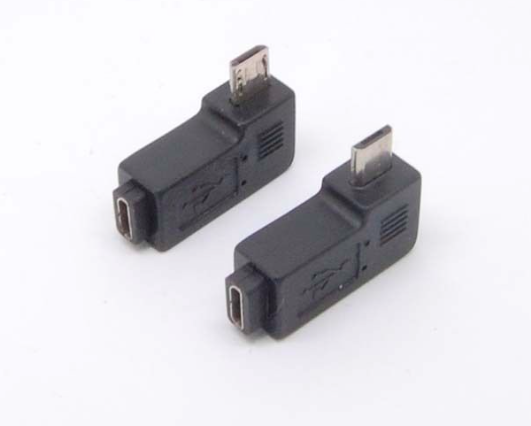Battery Voltage and State of Charge:
if battery can cut off at 12,0 or 12,2 will be best.
when we design a hardwire kit, we can't only consider the still voltage but also some other conditions:
let's use the normal vehicle 12V accumulator as example:
still voltage: 13.5V-12.3V OK, 12.3V-12.0V works, 12.0V-11.5V short, 11.5V-10.5V reject, lower than 10.5V, accumulator scrap;
ignite instant: 11.0V-10.5V OK, 10.5V-10V works, 10V-9V reject, lower than 9V, accumulator scrap;
recharging: 14.2V-13.5V OK, 13.5V-12.5V heavy duty working OK, 12.5V-11.5V heavy duty working short;
you may find the proper voltage for hardwire kits to work, both for still voltage and recharging voltage.
if the cutting off voltage is set to 12V, the hardwire kit will cut off when starting, heavy duty outputs (air conditioner or head light or cigar light working)
a still voltage bellow 11.5V should be avoid because that may affect the ignite start.
that is why we use 11.5V as cutting off voltage.
at the same time, most (estimated 90%) hardwire kits was marked to be set to 11.5V that is this reason. (although the real cutting off voltage is 11.0V to 11.5V in our test, depends on different design)




